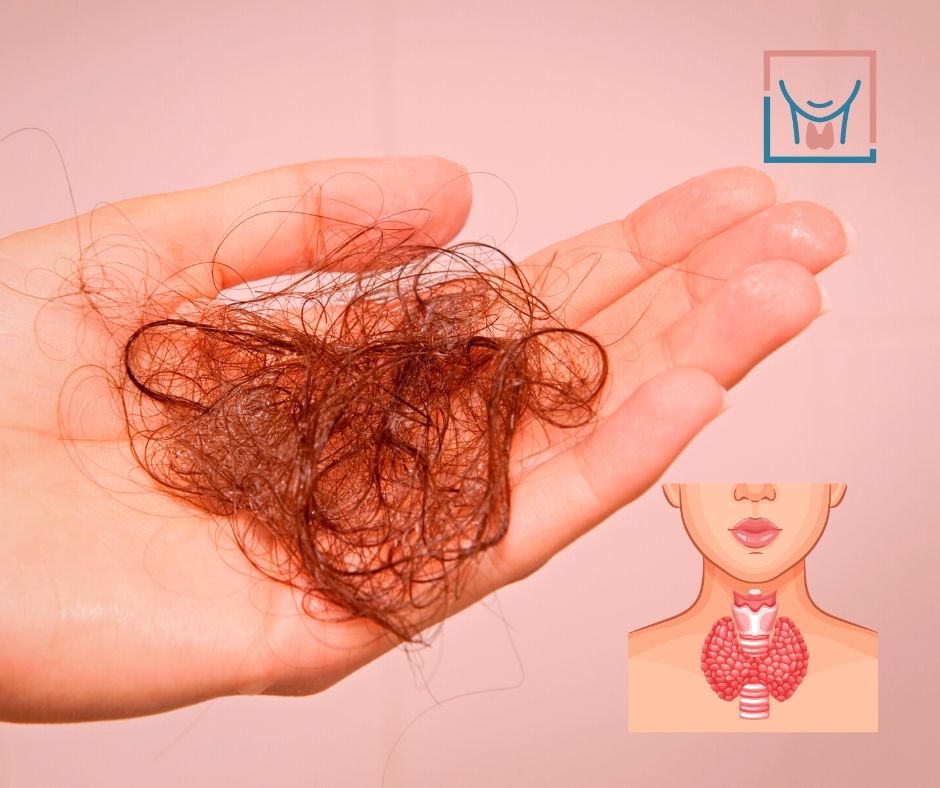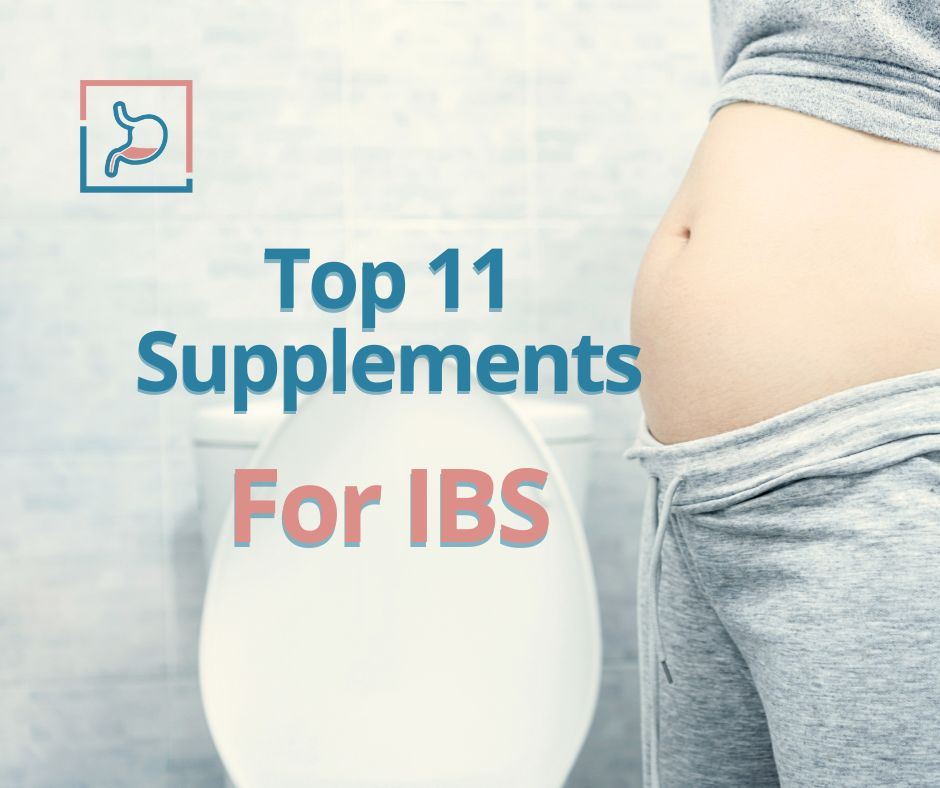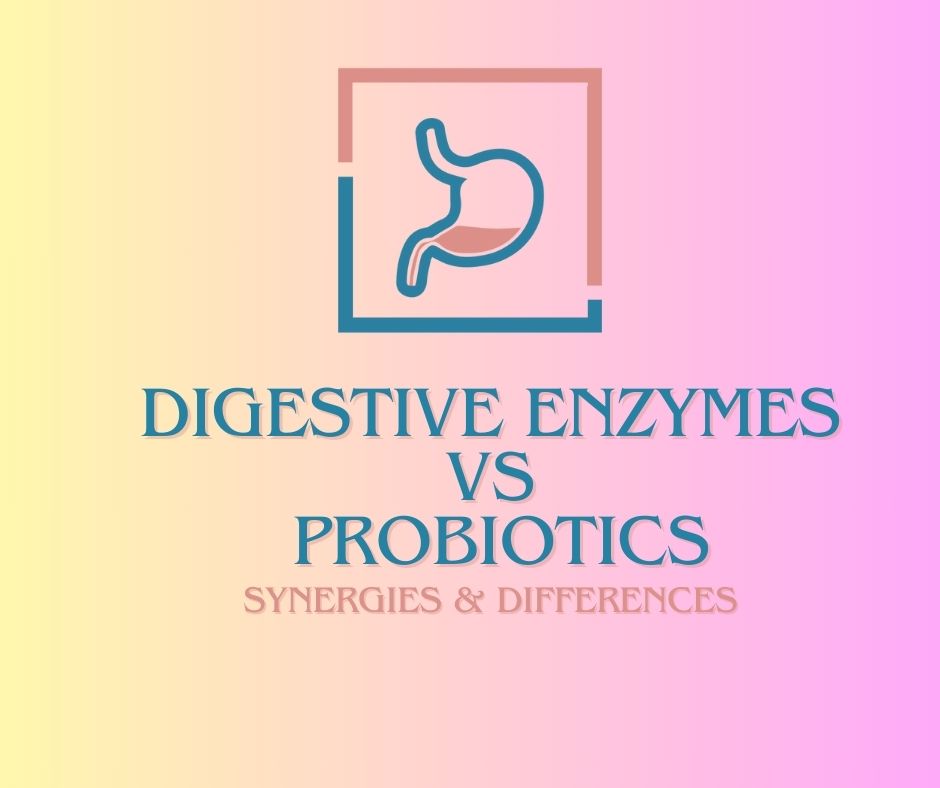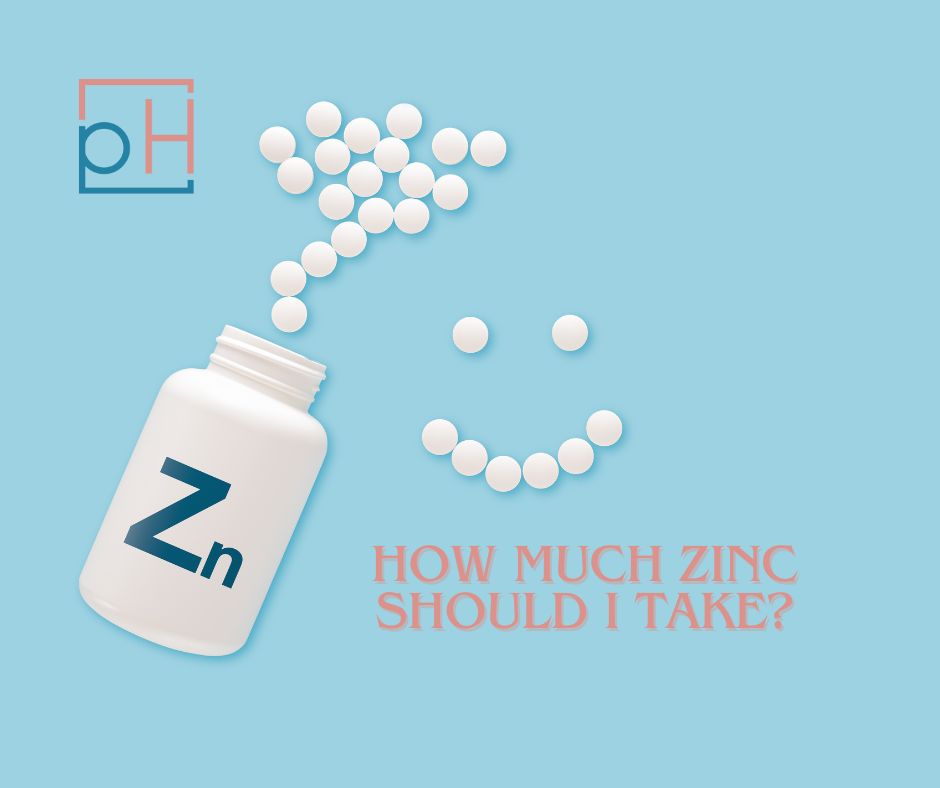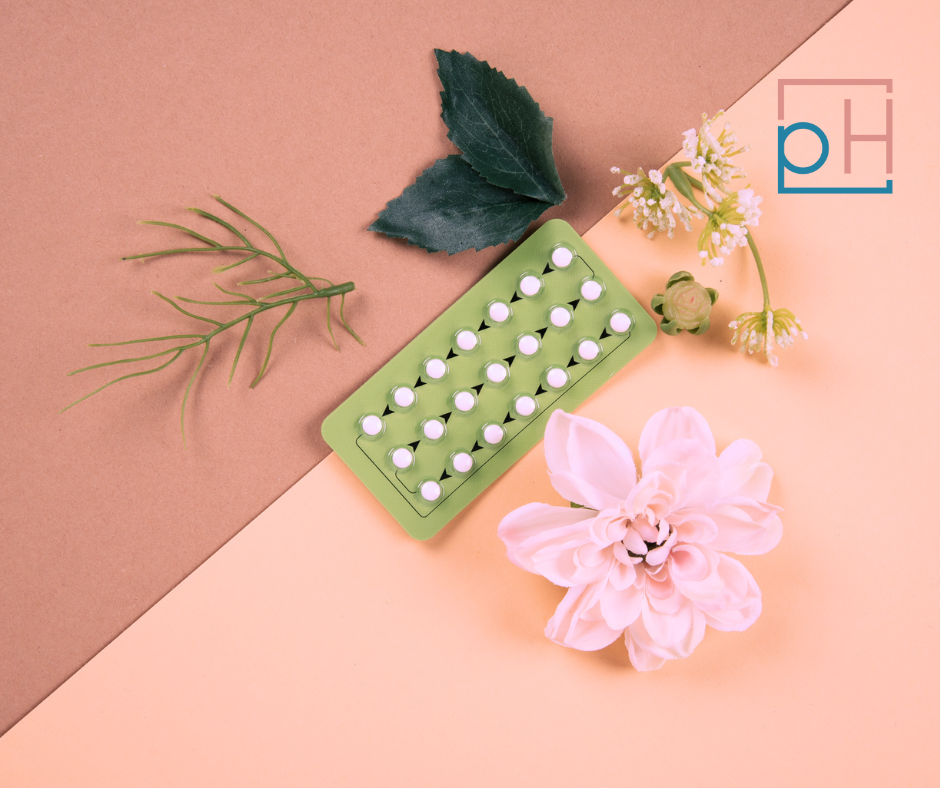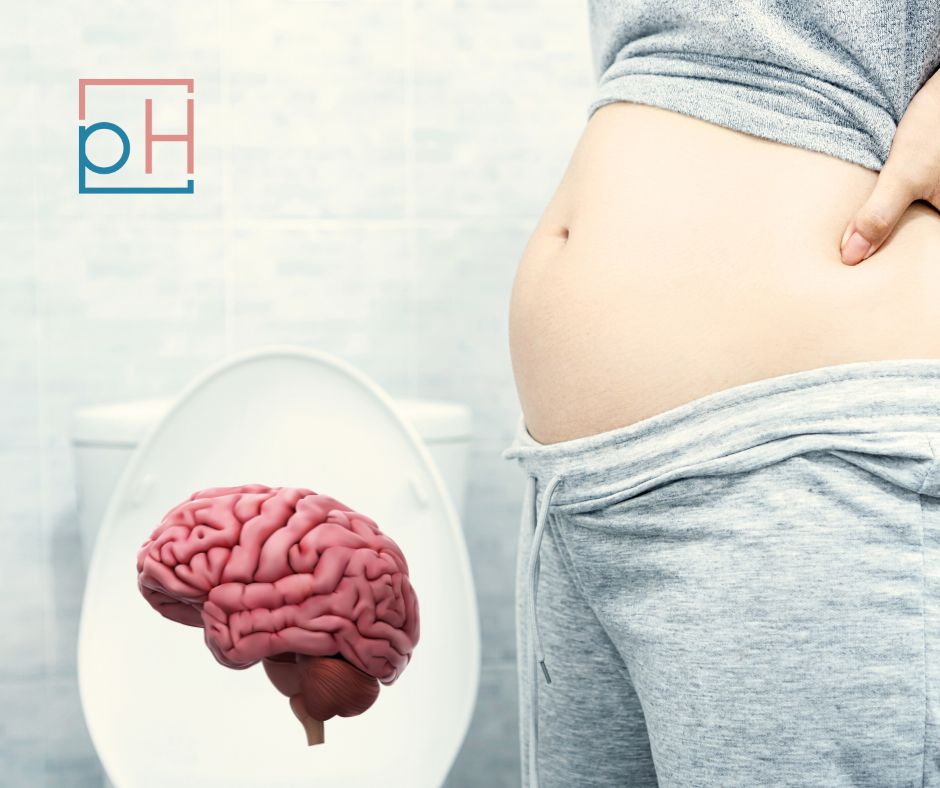Methylene blue (brand name: Provayblue) is an over-the-counter and prescription medication (prescriptions are required for injections). It may be able to help with a variety of conditions, including methemoglobinemia, malaria, chronic infections like Lyme disease, long-COVID, and even Alzheimer’s disease.
Methylene blue (MB) started as a dye in the 1800s, notably used to treat malaria in the 1890s. Today, MB is primarily used to treat methemoglobinemia.
Recent studies suggest that methylene blue, at low doses, can act as a powerful antioxidant and improve mitochondrial function and the ability for our cells to produce energy. That’s why many people have been using it as a brain-boosting, nootropic supplement.
Additional benefits of MB include promoting youthful skin, getting rid of nail fungus, treating chronic infections, and treating shock.
In PrimeHealth patients, we have observed that methylene blue is particularly effective in treating chronic fatigue syndrome resulting from autoimmune diseases, chronic infections, and prolonged COVID symptoms.
The success of methylene blue in these cases can be attributed to its ability to energize mitochondria. Since these health issues often lead to chronic mitochondrial damage, methylene blue’s role in enhancing mitochondrial energy production is crucial for revitalizing the cells throughout the body.
IS CONVENTIONAL MEDICINE FAILING YOU?
Our functional doctors have years of experience effectively treating rare or hard-to-treat conditions with natural remedies, dietary supplements, lifestyle changes, and — if needed — the safest medications with the fewest side effects. Schedule your free consultation with PrimeHealth today!
What is Methylene Blue?
Also called methylthioninium chloride, methylene blue is a chemical salt used as a dye and medication. It’s still on the WHO’s List of Essential Medicines. Heinrich Caro first prepared MB in 1876. MB is called the “first fully man-made medicine.”
Is methylene blue still used? Yes, methylene blue is still used in diagnostic procedures to identify abnormal cells. It has a signature blue staining and is used to treat several disorders, such as methemoglobinemia.
MB is most frequently prescribed to treat methemoglobinemia and, occasionally, malaria or cyanide poisoning.
Is methylene blue harmful? Methylene blue is not dangerous for most people in small doses. Individuals taking certain antidepressants, opioids, or antihistamines should not take MB. Pregnant people or those with a G6PD deficiency should also stay clear of MB.
1. Aging
Methylene blue is good for the skin. MB increases mitochondrial function and decreases oxidative stress — both of which independently improve the look of your skin.
MB has even been used to treat psoriasis, an autoimmune condition.
By increasing collagen and elastin production, methylene blue also gives the skin a younger appearance.
2. Depression
Methylene blue may have a “potent” antidepressant effect. This is because it can increase norepinephrine, serotonin, and dopamine in the brain by preventing the breakdown of these neurotransmitters.
MB may also regulate anxiety and bipolar disorder, which are closely related to depression.
It’s not recommended to take MB simultaneously with other antidepressants. If you take medications to stabilize your mood, discuss all current medications with your doctor before starting a new medication, such as methylene blue.
Read Next: Natural Remedies For Depression
3. Lyme Disease and Co-infections
Although most Lyme disease patients are cured after 2-4 weeks of antibiotics, up to 20% of patients don’t heal so quickly. Methylene blue is a potential alternative treatment for individuals who don’t see success with antibiotics.
In the lab, MB effectively killed antibiotic-resistant Lyme bacteria.
Combining methylene blue with certain antibiotics increases the effectiveness of the antibiotics that fight Lyme disease. Studies have also shown that combining methylene blue with antibiotics is more effective than antibiotics alone to treat Bartonella infections.
4. Cognitive Enhancement
With more and more data coming out about how methylene blue has the abilty to improve memory and cognitive function, many people have been using it as a nootropic to increase mental productivity.
5. Alzheimer’s Disease & Parkinson’s Disease
Methylene blue may help prevent Alzheimer’s, Parkinson’s disease, and mild cognitive impairment. MB reduces oxidative damage to brain cells — a contributing cause of neurodegenerative disorders like Alzheimer’s and Parkinson’s.
Multiple studies indicate that MB is a “promising neuroprotective intervention for both motor and non-motor” symptoms of Parkinson’s disease.
MB is not the panacea for neurotoxicity and neurodegenerative diseases, but methylene blue boasts decades of recorded neuroprotective benefits.
6. Methemoglobinemia
Methemoglobinemia is a blood disorder that may result in headache, dizziness, nausea, or skin discoloration. Methylene blue is an FDA-approved treatment for this mostly genetic condition that can turn your blood the color of chocolate.
Certain medications or chemicals can also cause high methemoglobin levels. MB converts ferric iron in your hemoglobin into ferrous iron, thus treating the condition.
Methylene blue’s most mainstream use is treating methemoglobinemia, for which your healthcare provider can prescribe an MB injection.
7. Malaria
Methylene blue may be able to treat malaria. The first use of methylene blue was as a malaria treatment in the 1800s. Although largely replaced by alternatives like chloroquine, healthcare providers recently reintroduced MB as a malaria treatment.
This 2018 systematic review shows that “MB has substantial antimalarial activity against all types of malaria in various endemic areas” in Africa, where malaria is most prevalent.
8. Ifosfamide-induced encephalopathy
Ifosfamide is a chemotherapy medication. Encephalopathy is a brain condition that may occur in as many as 40% of individuals who take ifosfamide. There is no agreed-upon treatment for Ifosfamide-induced encephalopathy.
Methylene blue may effectively treat ifosfamide-induced encephalopathy. A 2021 study of 38 people concluded MB to be an effective treatment in as many as 75% of patients.
In some patients, MB worked as rapidly as 10 minutes after administration.
9. Shock
Methylene blue consistently raises blood pressure. Shock occurs when your blood pressure is dangerously low. MB is, therefore, a promising treatment for shock (such as post-cardiothoracic-surgery shock called vasoplegic syndrome).
Low blood pressure during shock impacts your brain, kidneys, and heart. Doctors may administer MB to raise blood pressure when vasopressors aren’t working.
MB can help with low blood pressure and related conditions, such as vasoplegia. Individuals with high blood pressure should be very wary of taking MB.
10. Nail Fungus
Methylene blue may help with fungal infections, similar to bacterial infections.
This 2014 study shows that when combined with red LED light, MB effectively treats “distal and lateral toenail onychomycosis” (AKA nail fungus).


Where To Get Methylene Blue
Prescription MB is available through your healthcare provider for injectable or intravenous methylene blue.
Our favorite sources for oral methylene blue are Troscriptions and Health Natura.
Methylene Blue is Not For Everyone
Several groups should not take methylene blue, including:
- Newborns: MB has led to multiple adverse side effects in neonates not seen in adults. Newborns should not take MB.
- Pregnant women: There is some evidence that MB can result in fetal death when administered to the mother in the second trimester. Inadvertent MB exposure in the first trimester may not cause as much fetal damage.
- Nursing mothers: Methylene blue will likely transfer to breast milk. There is not enough evidence to show whether MB is dangerous to infants, so it’s best for breastfeeding mothers not to risk it.
- Individuals with glucose-6-phosphate dehydrogenase (G6PD) deficiency: MB can cause hemolytic anemia in G6PD-deficiency individuals. Some scientists say G6PD deficiency should contraindicate methylene blue. MB should be used cautiously and judiciously in the case of G6PD deficiency.
- People taking antidepressants, as the combination can increase serotonin levels to a dangerous degree.
Potential Side Effects
Potential side effects of methylene blue include:
- Blue or green color change in urine, feces, or skin
- High blood pressure
- Excessive sweating
- Shortness of breath
- Headache
- Confusion
- Lightheadedness
- Chest pain
- Abdominal pain
- Allergic reactions, anaphylaxis
- Nausea, vomiting
- Red blood cell breakdown
- Serotonin syndrome
Drug Interactions
Do not take methylene blue with any of the following medications:
- Specific depression or anxiety medications: Methylene blue may help with depression. Be aware, when paired with certain other antidepressants or antianxiety drugs, methylene blue may lead to serotonin toxicity. These include selective serotonin reuptake inhibitors (SSRIs) bupropion, clomipramine, duloxetine, fluoxetine, mirtazapine, sertraline, and venlafaxine.
- Monoamine oxidase inhibitors (MAOIs): Monoamine oxidase A is an enzyme responsible for breaking down serotonin in the brain. MAOIs like selegiline may interact poorly with methylene blue’s additional impact on serotonin.
- Certain antihistamines: MB has a severe interaction with cyproheptadine, an antihistamine meant to treat headaches, motion sickness, and allergic reactions.
- Some opioids: Certain opioids, such as buprenorphine, oliceridine, and tapentadol, lead to moderate drug interactions with MB.
- St. John’s wort: This herbal supplement treats many conditions, but its antidepressant effects don’t mix well with methylene blue.
- Lithium: Lithium is relatively natural for treating depression, but MB plus lithium may lead to serotonin toxicity.
Herbs, dietary supplements, non-prescription drugs, tobacco, alcohol, and illegal drugs may also negatively interact with methylene blue. Talk with your healthcare provider for specific instructions.
We’re here to help.
At PrimeHealth’s integrative clinic in Denver, Colorado, we help people like you take control of their whole-body health through cutting-edge treatments, prioritizing natural remedies and lifestyle changes. We will prescribe safe, effective medication when necessary.
Schedule a free consultation with PrimeHealth today! Or sign up for our email newsletter for helpful, science-based news and tips.
Follow us on Instagram to keep updated with the newest health info and lifestyle tips.
Sources
- Ludlow, J. T., Wilkerson, R. G., & Nappe, T. M. (2019). Methemoglobinemia.
- Lu, G., Nagbanshi, M., Goldau, N., Mendes Jorge, M., Meissner, P., Jahn, A., … & Mueller, O. (2018). Efficacy and safety of methylene blue in the treatment of malaria: a systematic review. BMC medicine, 16(1), 1-16.
- Horowitz, R. I., & Freeman, P. R. (2022). Efficacy of Short-Term High Dose Pulsed Dapsone Combination Therapy in the Treatment of Chronic Lyme Disease/Post-Treatment Lyme Disease Syndrome (PTLDS) and Associated Co-Infections: A Report of Three Cases and Literature Review. Antibiotics, 11(7), 912.
- Zheng, X., Ma, X., Li, T., Shi, W., & Zhang, Y. (2020). Effect of different drugs and drug combinations on killing stationary phase and biofilms recovered cells of Bartonella henselae in vitro. BMC microbiology, 20, 1-9.
- Rojas, J. C., Bruchey, A. K., & Gonzalez-Lima, F. (2012). Neurometabolic mechanisms for memory enhancement and neuroprotection of methylene blue. Progress in neurobiology, 96(1), 32-45.
- Tucker, D., Lu, Y., & Zhang, Q. (2018). From mitochondrial function to neuroprotection—an emerging role for methylene blue. Molecular neurobiology, 55, 5137-5153.
- Feng, J., Weitner, M., Shi, W., Zhang, S., Sullivan, D., & Zhang, Y. (2015). Identification of additional anti-persister activity against Borrelia burgdorferi from an FDA drug library. Antibiotics, 4(3), 397-410.
- Auchter, A., Williams, J., Barksdale, B., Monfils, M. H., & Gonzalez-Lima, F. (2014). Therapeutic benefits of methylene blue on cognitive impairment during chronic cerebral hypoperfusion. Journal of Alzheimer’s Disease, 42(s4), S525-S535.
- Medina, D. X., Caccamo, A., & Oddo, S. (2011). Methylene blue reduces Aβ levels and rescues early cognitive deficit by increasing proteasome activity. Brain pathology, 21(2), 140-149.
- Soeda, Y., Saito, M., Maeda, S., Ishida, K., Nakamura, A., Kojima, S., & Takashima, A. (2019). Methylene blue inhibits formation of tau fibrils but not of granular tau oligomers: a plausible key to understanding failure of a clinical trial for Alzheimer’s disease. Journal of Alzheimer’s Disease, 68(4), 1677-1686.
- Biju, K. C., Evans, R. C., Shrestha, K., Carlisle, D. C., Gelfond, J., & Clark, R. A. (2018). Methylene blue ameliorates olfactory dysfunction and motor deficits in a chronic MPTP/probenecid mouse model of Parkinson’s disease. Neuroscience, 380, 111-122.
- Stelmashook, E. V., Voronkov, D. N., Stavrovskaya, A. V., Novikova, S. V., Yamshikova, N. G., Olshanskij, A. S., … & Isaev, N. K. (2023). Neuroprotective effects of methylene blue in streptozotocin-induced model of Alzheimer’s disease. Brain Research, 1805, 148290.
- Abahssain, H., Moukafih, B., Essangri, H., Mrabti, H., Meddah, B., Guessous, F., … & Errihani, H. (2021). Methylene blue and ifosfamide-induced encephalopathy: Myth or reality? Journal of Oncology Pharmacy Practice, 27(1), 143-149. Abstract:
- Patel, P. N. (2006). Methylene blue for management of ifosfamide-induced encephalopathy. Annals of Pharmacotherapy, 40(2), 299-303. Abstract:
- Puntillo, F., Giglio, M., Pasqualucci, A., Brienza, N., Paladini, A., & Varrassi, G. (2020). Vasopressor-sparing action of methylene blue in severe sepsis and shock: a narrative review. Advances in Therapy, 37, 3692-3706.
- Xue, H., Thaivalappil, A., & Cao, K. (2021). The Potentials of Methylene Blue as an Anti-Aging Drug. Cells, 10(12), 3379.
- Parekh, J., Eckmann, M., & Ramamurthy, S. (2013). Case Series of Methylene Blue Injections for the Treatment of Zygapophysial and Sacroiliac Joint Pain: Results of 5 Cases. Open Journal of Anesthesiology, 2013.
- Xiong, Z. M., O’Donovan, M., Sun, L., Choi, J. Y., Ren, M., & Cao, K. (2017). Anti-aging potentials of methylene blue for human skin longevity. Scientific reports, 7(1), 2475.
- Souza, L. W. F., Souza, S. V. T., & Botelho, A. C. D. C. (2014). Distal and lateral toenail onychomycosis caused by Trichophyton rubrum: treatment with photodynamic therapy based on methylene blue dye. Anais brasileiros de dermatologia, 89, 184-186. Full text:
- Naylor, G. J., Smith, A. H. W., & Connelly, P. (1987). A controlled trial of methylene blue in severe depressive illness. Biological psychiatry, 22(5), 657-659.
- Alda, M. (2019). Methylene blue in the treatment of neuropsychiatric disorders. CNS drugs, 33(8), 719-725.
- Bistas, E., & Sanghavi, D. (2022). Methylene blue. In StatPearls [Internet]. StatPearls Publishing.







